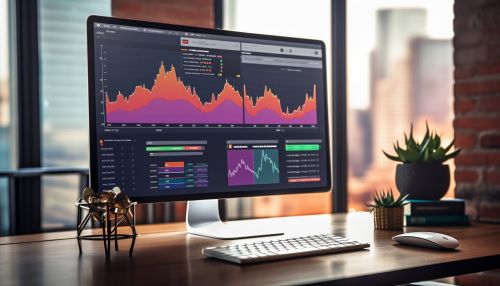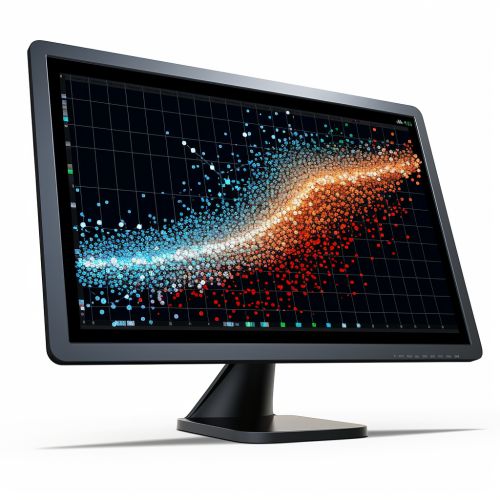Data Visualization
Introduction
Data visualization is the graphical representation of information and data. By using visual elements like charts, graphs, and maps, data analysis tools provide an accessible way to see and understand trends, outliers, and patterns in data. In the world of big data, data visualization tools and technologies are essential to analyze massive amounts of information and make data-driven decisions.


History of Data Visualization
The concept of using pictures to understand data has been around for centuries, from maps and graphs in the 17th century to the invention of the pie chart in the early 1800s. However, the term "data visualization" became popular during the age of digital computing. In the mid-1960s, researchers started to experiment with using computers to create plots, charts, graphs, and other types of visualizations to help make sense of data.
Importance of Data Visualization
Data visualization is a quick, easy way to convey concepts in a universal manner. It's also an excellent way to express complex data-driven stories. It's easier to understand data when it's represented graphically as opposed to poring over spreadsheets or reports. Data visualization is a crucial part of business analytics and business intelligence (BI) because it helps users understand complex data by transforming it into an easily interpretable format.


Types of Data Visualization
There are many types of data visualizations that can be used to represent different types of data. Some of the most common types include:
Bar Chart
A bar chart or bar graph is a chart or graph that presents categorical data with rectangular bars with heights or lengths proportional to the values that they represent. The bars can be plotted vertically or horizontally.
Line Chart
A line chart or line graph is a type of chart which displays information as a series of data points called 'markers' connected by straight line segments. It is a basic type of chart common in many fields.
Pie Chart
A pie chart is a circular statistical graphic, which is divided into slices to illustrate numerical proportion. In a pie chart, the arc length of each slice is proportional to the quantity it represents.
Scatter Plot
A scatter plot uses Cartesian coordinates to display values for typically two variables for a set of data. The data are displayed as a collection of points, each having the value of one variable determining the position on the horizontal axis and the value of the other variable determining the position on the vertical axis.


Data Visualization Tools
There are many data visualization tools available in the market. These tools help to convert raw data into meaningful information through their visualization capabilities. Some of the most popular tools include Tableau, Power BI, QlikView, and D3.js.
Data Visualization Techniques
Data visualization techniques are ways in which data is visually represented to encode information for communication. These techniques include charts, graphs, maps, infographics, dashboards, and other visual formats. They are used to express complex data in a simple and easily understandable way.
Challenges in Data Visualization
Despite its advantages, data visualization also faces several challenges. These include dealing with large volumes of data, the need for real-time visualization, the risk of oversimplification, the lack of standardization, and the need for multi-dimensional visualization.


Future of Data Visualization
The future of data visualization is promising, with advancements in technology and an increasing amount of data. Future trends may include more interactive visualizations, the rise of 3D visualization, the use of augmented and virtual reality, and the integration of machine learning and artificial intelligence.
